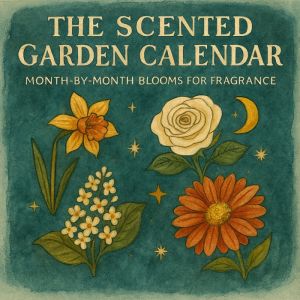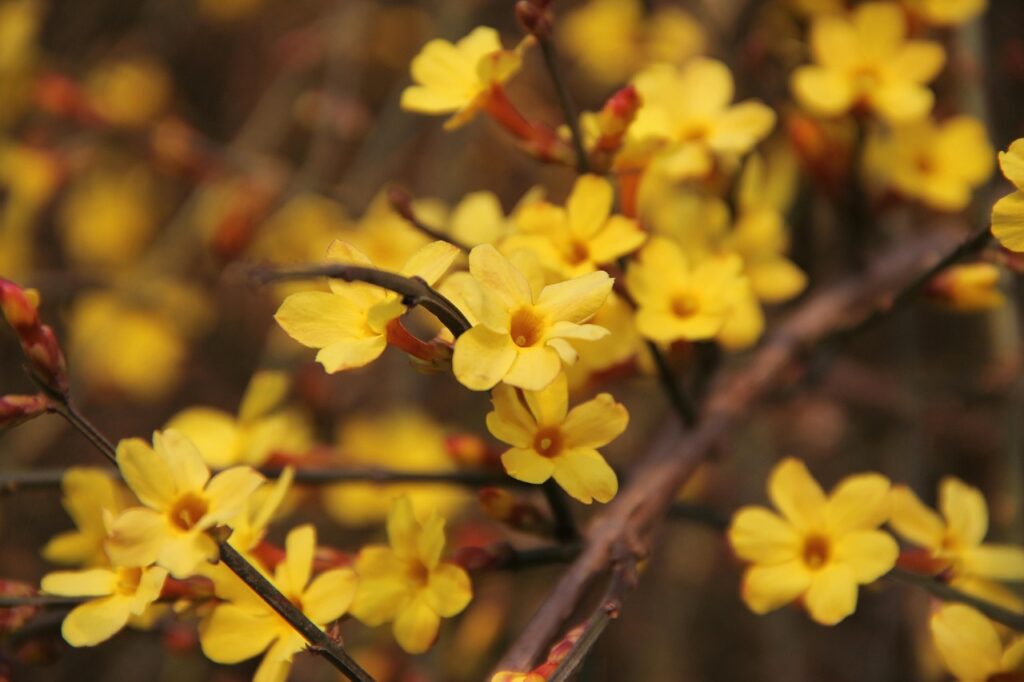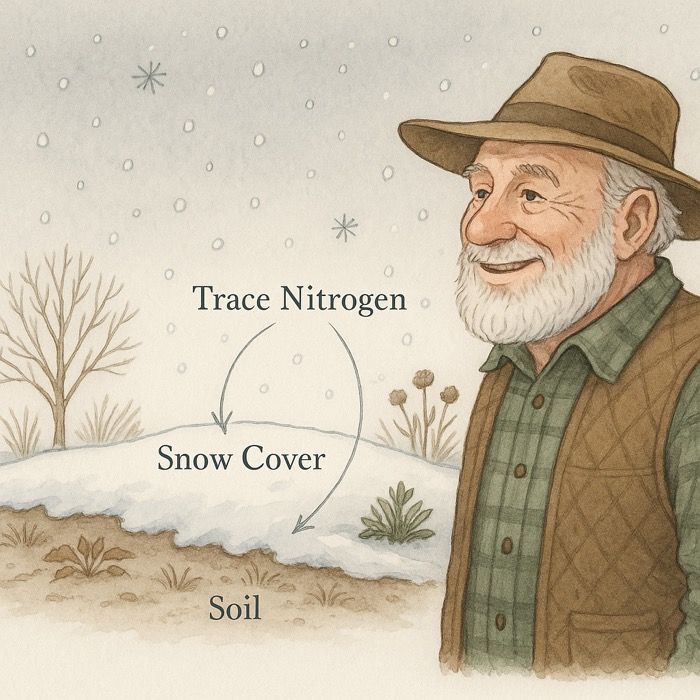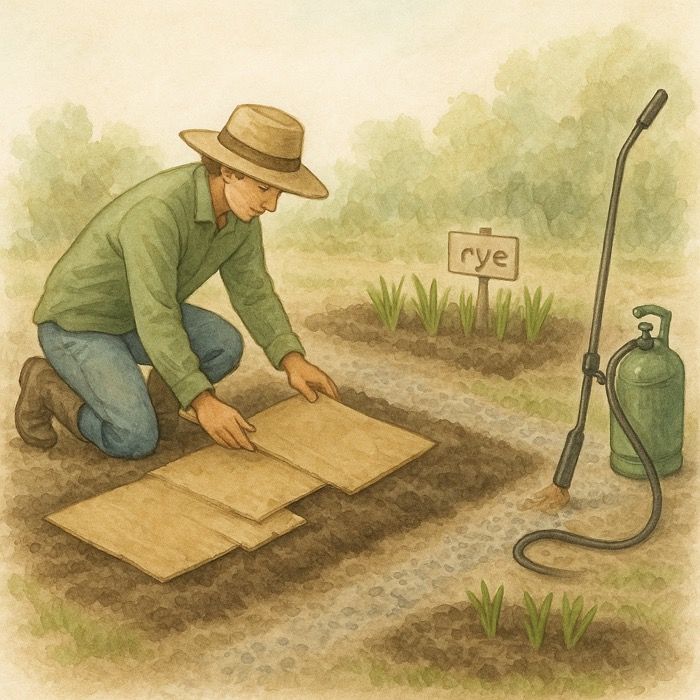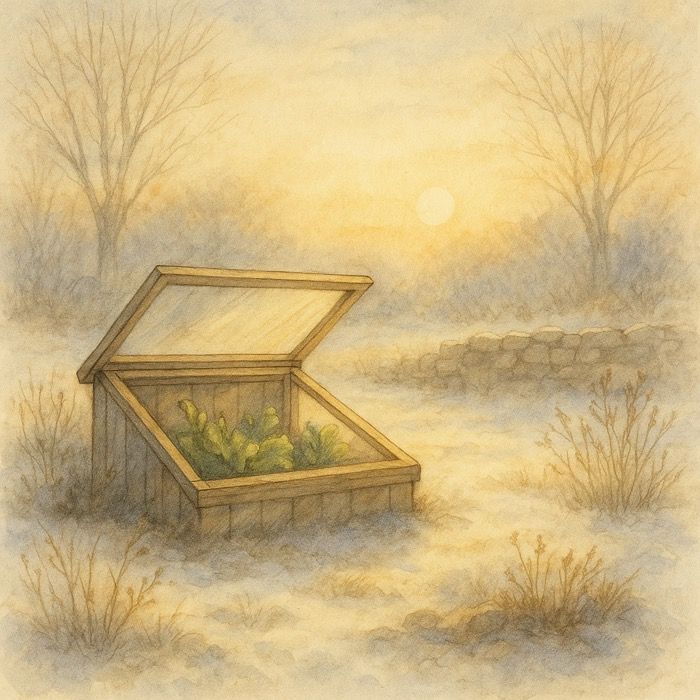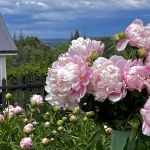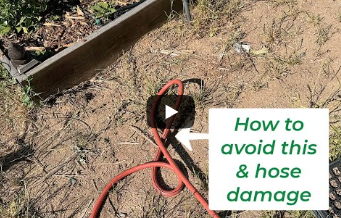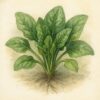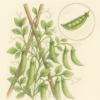The Scented Garden Calendar – Month-by-Month Blooms for Fragrance
Part of our Garden Calendar Series, helping you plan your blooms for beauty, fragrance, and year-round enjoyment.
Why Plan a Scented Garden by Month
Fragrance is one of the most powerful elements in garden design. A well-planned scented garden offers something in bloom every month, ensuring that no matter the season, a breath of perfume greets you at the gate. By selecting plants that peak at different times of the year, you can create a continuous sensory experience that refreshes your outdoor space month after month.
January – Winter Jasmine & Sweet Box
- Winter Jasmine (Jasminum nudiflorum) – Bright yellow blooms with a light, cheerful fragrance.
- Sweet Box (Sarcococca confusa) – Highly fragrant white flowers hidden among glossy evergreen leaves.
February – Witch Hazel & Daphne
- Witch Hazel (Hamamelis x intermedia) – Spicy-sweet scent from crimped yellow or red blooms.
- Winter Daphne (Daphne odora) – Intense, sweet fragrance perfect for pathways and entryways.
March – Hyacinths & Violets
- Hyacinth (Hyacinthus orientalis) – Bold scent in purple, pink, or white.
- Sweet Violet (Viola odorata) – Delicate perfume and a charming old-fashioned appeal.
April – Lilacs & Lily of the Valley
- Lilac (Syringa vulgaris) – Romantic fragrance that signals spring is in full swing.
- Lily of the Valley (Convallaria majalis) – Tiny bells with a scent far bigger than their size.
May – Peonies & Mock Orange
- Peony (Paeonia lactiflora) – Rich, rosy fragrance with lush petals.
- Mock Orange (Philadelphus coronarius) – Sweet, citrusy blooms in creamy white clusters.
June – Roses & Gardenias
- Old Garden Roses (Rosa spp.) – Classic, complex perfume unmatched in the floral world.
- Gardenia (Gardenia jasminoides) – Creamy white blooms with intoxicating tropical fragrance.
July – Lavender & Sweet Peas
- Lavender (Lavandula angustifolia) – Calming scent perfect for drying and sachets.
- Sweet Pea (Lathyrus odoratus) – Light, candy-like fragrance in soft pastels.
August – Heliotrope & Nicotiana
- Heliotrope (Heliotropium arborescens) – Warm, vanilla-cherry scent.
- Flowering Tobacco (Nicotiana alata) – Evening fragrance that fills the garden with sweetness.
September – Tuberose & Autumn Clematis
- Tuberose (Polianthes tuberosa) – Rich, exotic perfume ideal for late-summer evenings.
- Sweet Autumn Clematis (Clematis terniflora) – Clouds of small white blooms with honey scent.
October – Scented Chrysanthemums & Osmanthus
- Chrysanthemum (Chrysanthemum morifolium) – Spicy fragrance from heirloom varieties.
- Fragrant Tea Olive (Osmanthus fragrans) – Tiny flowers with a powerful apricot-like aroma.
November – Camellia Sasanqua & Mahonia
- Camellia sasanqua – Lightly scented blooms in pink, white, or red.
- Mahonia (Mahonia x media) – Sweetly fragrant yellow blooms that brighten gray days.
December – Paperwhites & Winter Honeysuckle
- Paperwhite Narcissus (Narcissus papyraceus) – Crisp, spicy fragrance indoors or out.
- Winter Honeysuckle (Lonicera fragrantissima) – Sweet lemony scent from pale cream blooms.
Master Gardener Tip
Stagger your fragrant plants in different parts of the garden so there’s always a scented “hot spot” near where you spend time outdoors. This also allows you to create seasonal “fragrance tours” through your garden.
Bringing It All Together
By curating a year-round calendar of fragrant blooms, your garden becomes more than just a visual delight—it becomes a living perfume counter, changing with the seasons. Whether you’re sipping tea on a frosty January morning or hosting friends on a balmy July evening, your garden will always have something wonderful in the air.
More From Our Master Gardener
Recent Posts

❄️ Snow as Fertilizer – The Truth About “Poor Man’s Nitrogen”

5 Unexpected Winter Weed Control Strategies (That Don’t Involve Mulch)

Harnessing Winter Sun – Passive Solar Tricks for Your Garden

How to Grow Spinach – The Ultimate Beginner’s Guide for Tender, Nutritious Leaves

How to Grow Peas: The Ultimate Beginner’s Guide for Sweet, Crisp Harvests
